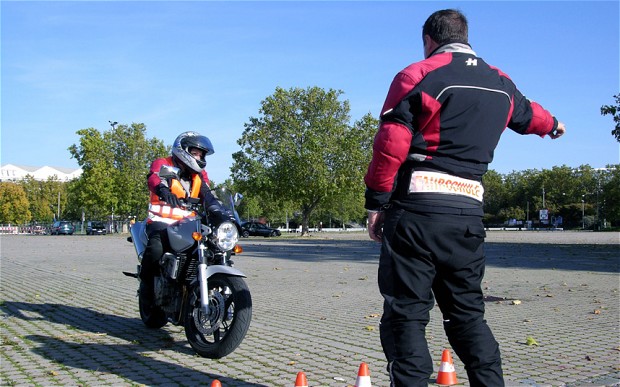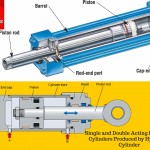Obtaining a licence in the UK can be an easy affair as one has complied with the relevant driving authorities that are the Driver and Vehicle Licensing Agency (DVLA) or the Driver and Vehicle Agency (DVA) and passed the series of requirements and tests.
Types of Licenses in the UK
There are two types of licenses in the UK and these are:
-
Full Licenses
Provisional licenses are those that one has to travel in the company of a driver who must be seated on the co-driver seat, attain a minimum age of 21 and must have at least three years of driving experience. In addition to that, the vehicle he/she is driving must have L or D number plates on it. The holder of this license is also restricted on the number of passengers to carry as if he is on a motor cycle, he is not to have any passengers on-board with him.

Full licenses however, the driver does not obligated to be accompanied by any one and does not have the D and L number plates on their vehicle.
Requirements for having a Driver’s License
To have a driver’s license in the UK the aspiring driver must be 17 years of age if he/she wants to have a vehicle license and 16 years if he wants to have a motorcycle license.
Other than the age requirement, the aspiring driver must also satisfy the proper visual requirement to the DVLA to guarantee that the driver is of good sight that is can read at a minimum of 20 meters. Moreover, if the driver clinically supposed to wear spectacles, the driver should at all times when driving wear them failure to comply with these regulations one would not attain a license.
These requirements are also helpful for first timers who are in the search for a provisional driving license application. Other requirements may include; an address of where one has resided for at least three years before application of license and a form of identification could for example an ID or passport. In addition to that, one must have their insurance numbers too.
Types of Drivers Exams
The drivers testing the UK comprises of two main tests. These are:
-
The Theoretical Exams
-
The Practical Exams
The aspiring driver must pass the theory exam to go on with the practical exam. They comprise of two sections as well. These are:
The multiple choices section the hazard perception section
The multiple choices section comprises of questions that the aspiring driver must answers to at least 43 questions out of the 50 questions on the test.
The hazard perception section however, tests on the driver’s response to a possible hazard that might arise on the video clips offered in the test. The quicker the driver’s response to the problem that are shown in the video clips, the higher they score in the test.
The aspiring driver must obtain a perfect score in both sections as if he/she fails one section he/she would not go on to the practical exam.
Upon completion and success of the theory exam, the driver must book a date for the practical exam.
The practical exam starts to see how well the driver’s vision is and to see how well the driver knows The Highway Code. Aspiring drivers are also tested on their practical driving skills.
The Driver must have:
A certificate to prove he/she has passed their theory test.A confirmed appointment letter to take part in the practical exam. A vehicle, which has L number plates and it, must also be insured. The provisional license that he/she has with an ID with a photograph of the driver.
Conclusion
The driver will be immediately notified if he/she has passed or failed the exam. If passed the examiner will send the pass form of the driver to DVLA where he will receive a license in about four weeks. If the driver has failure the test, he can retake the exam ten working days after his previous attempt.











Comments are closed.